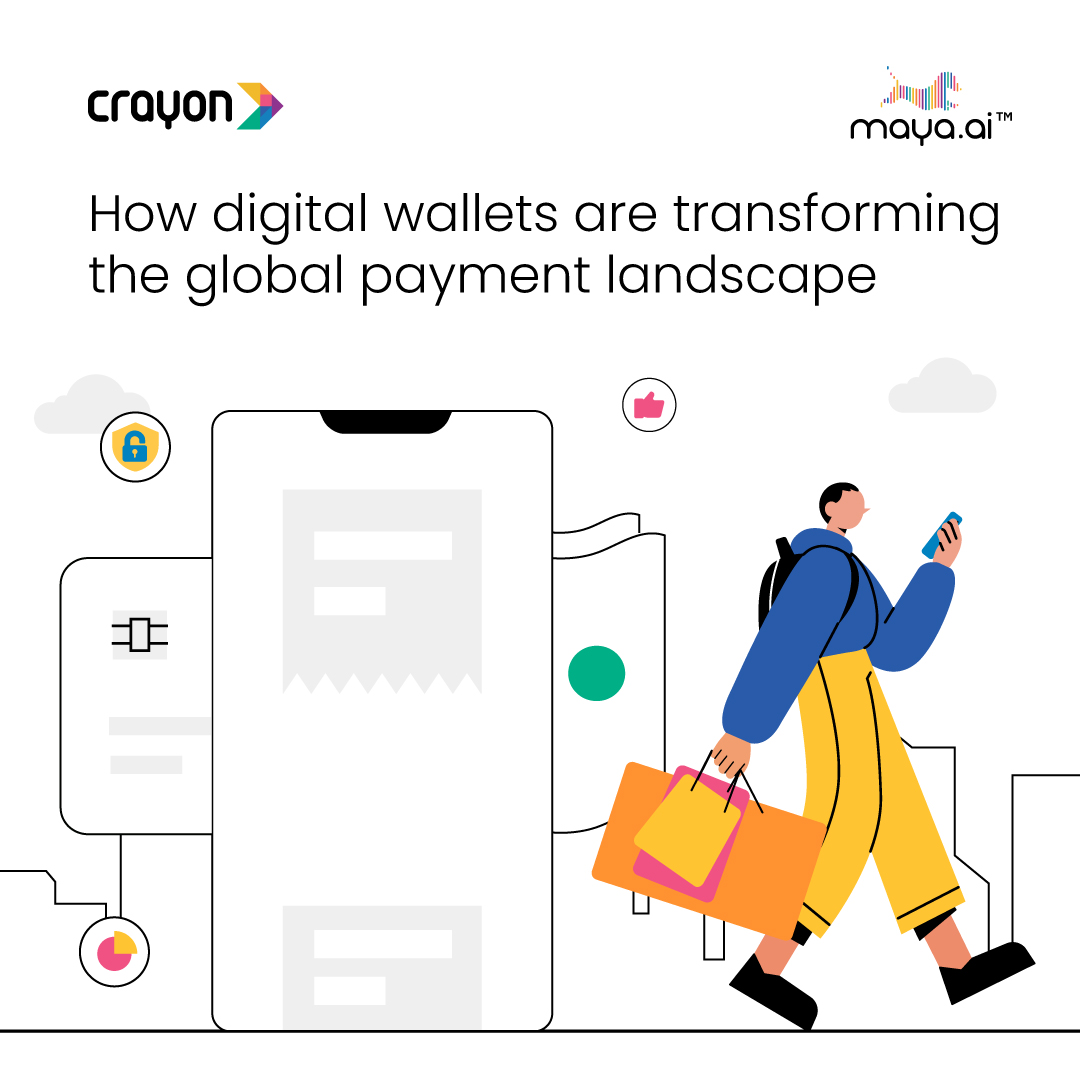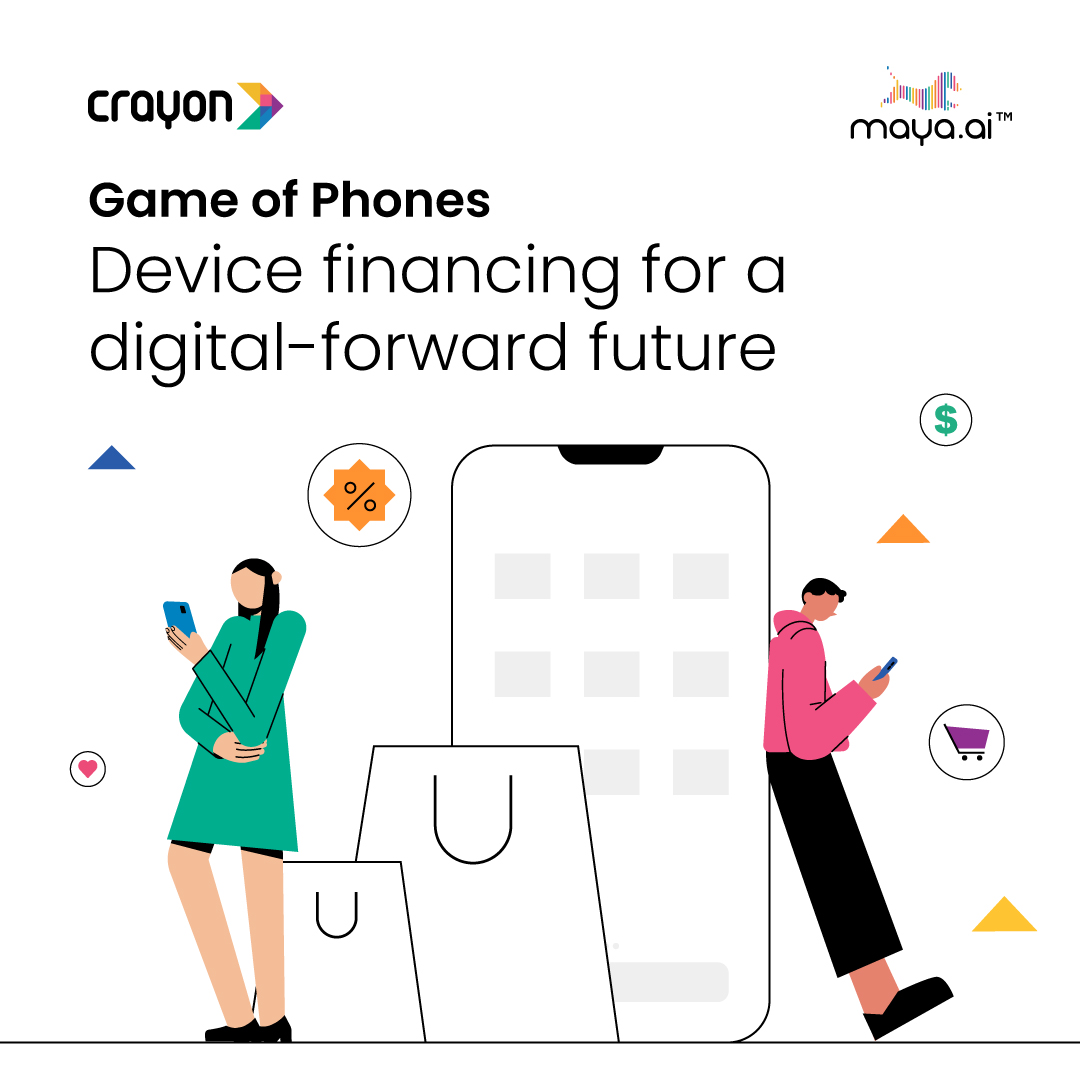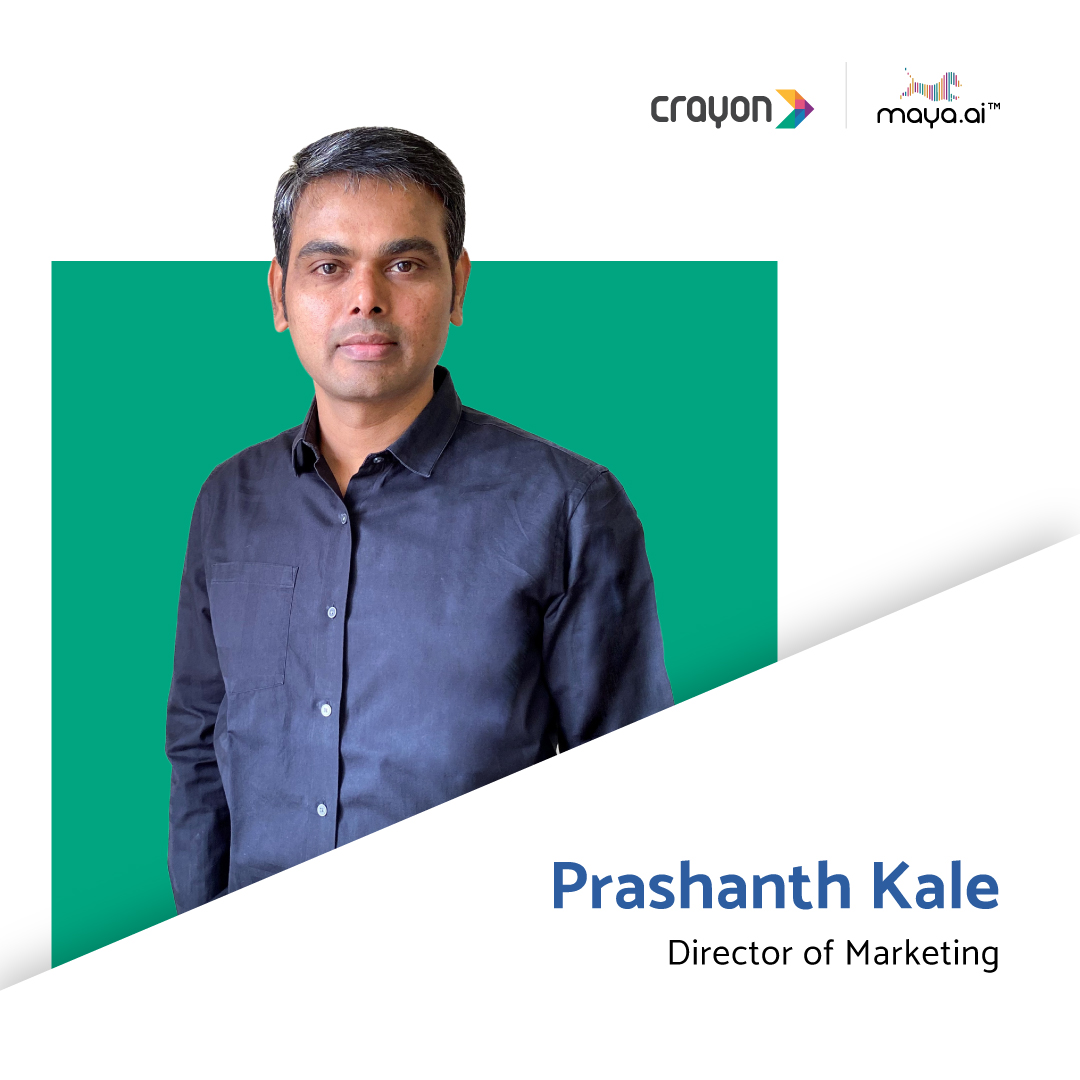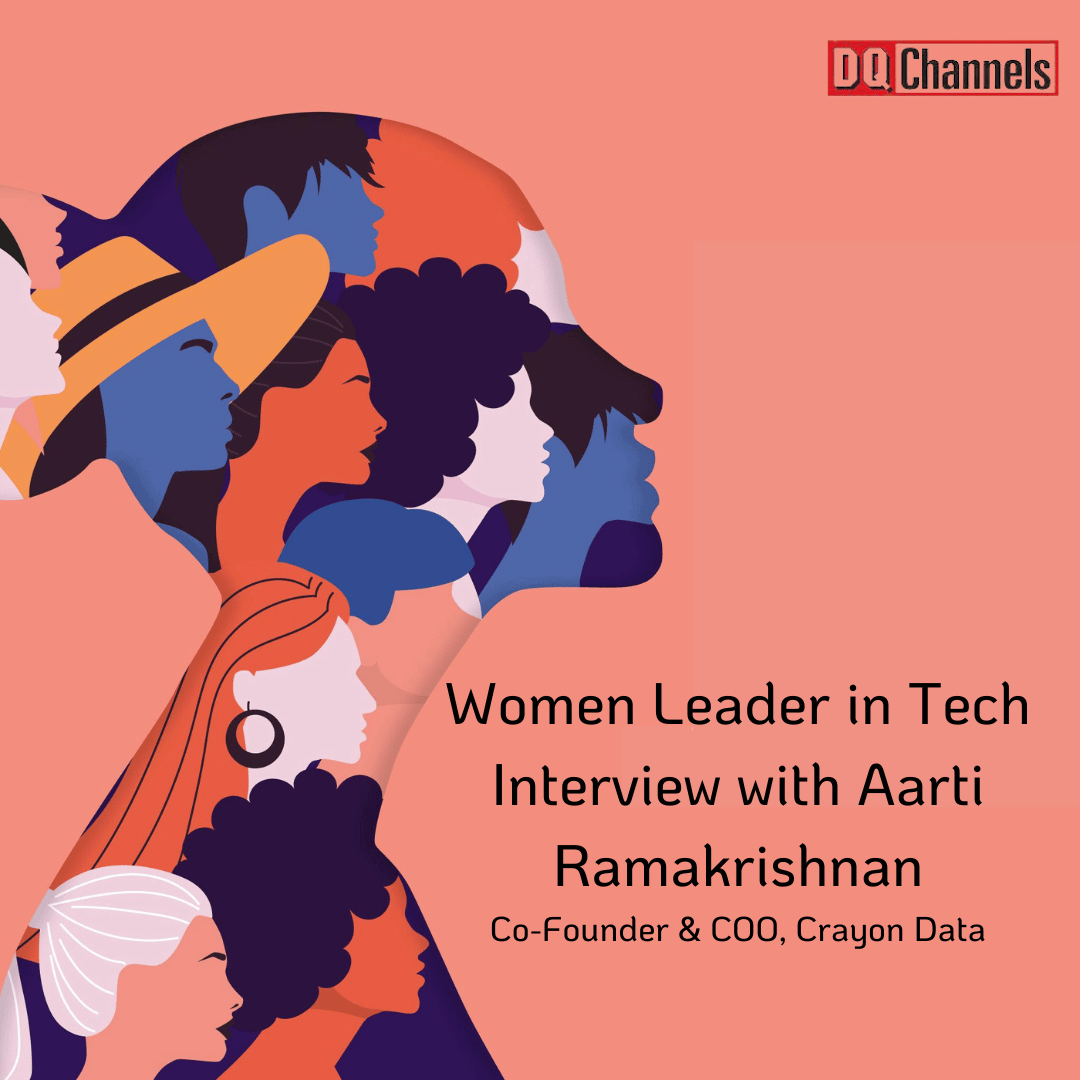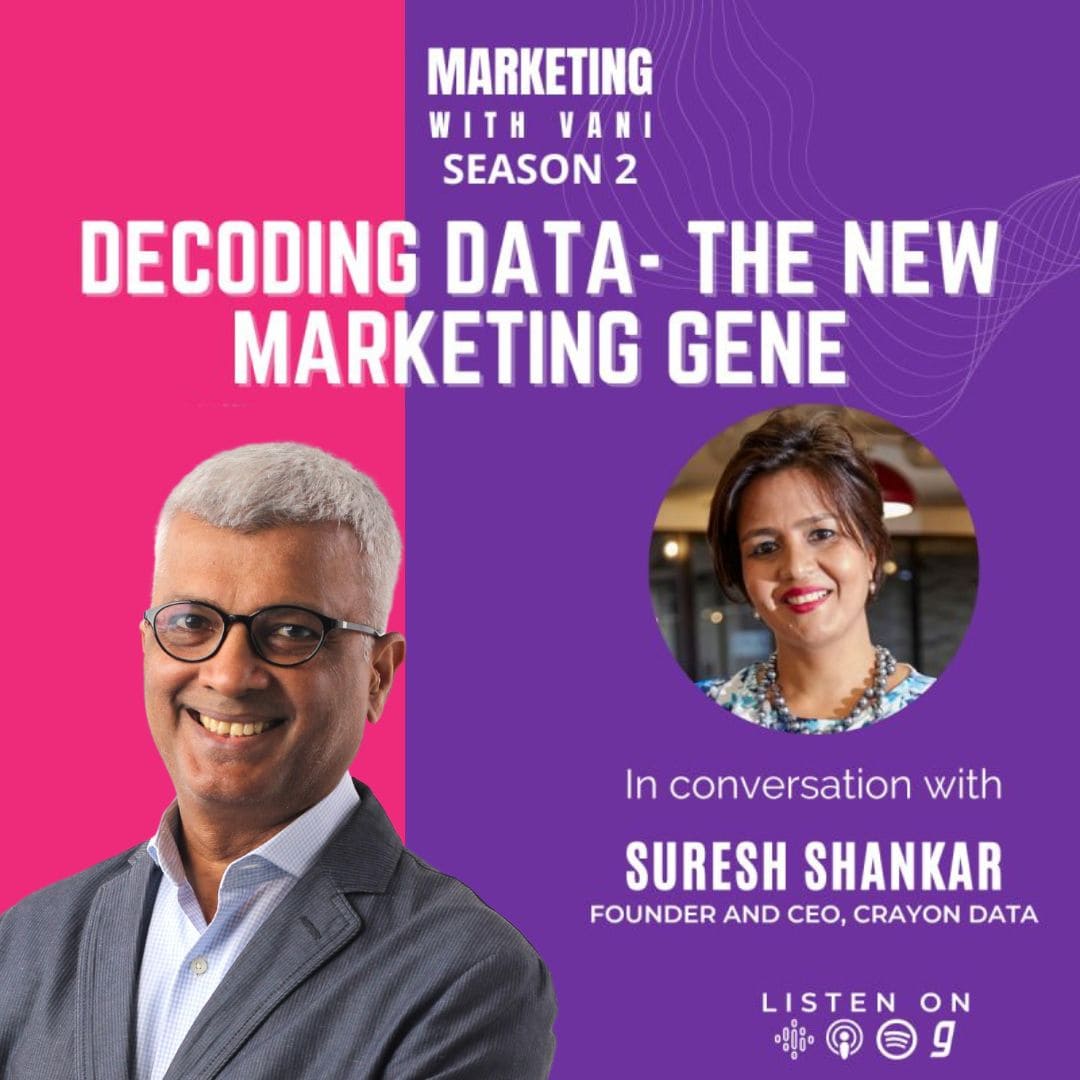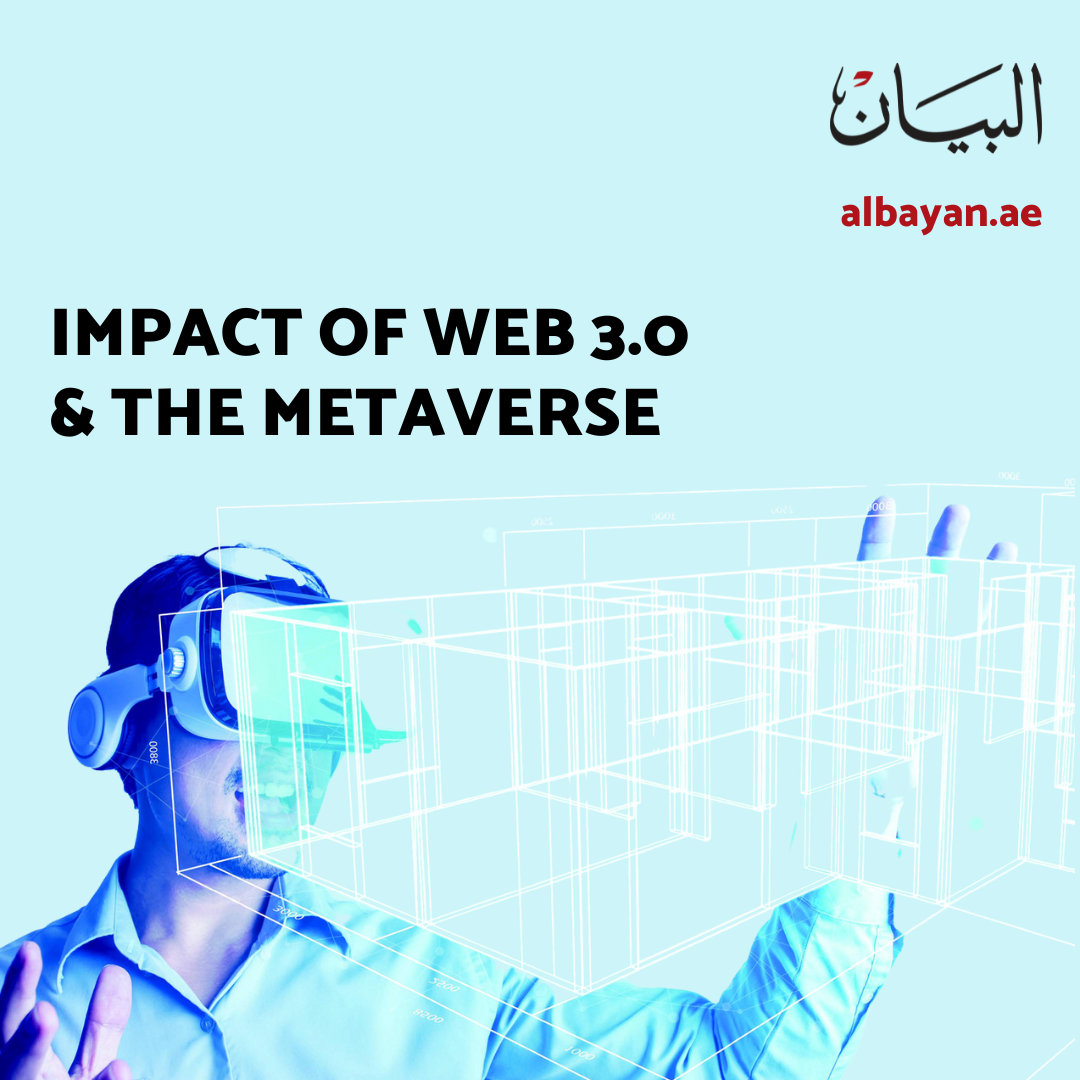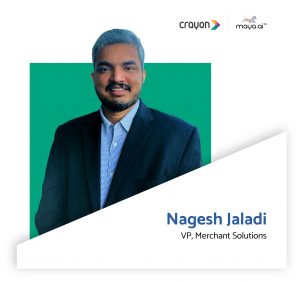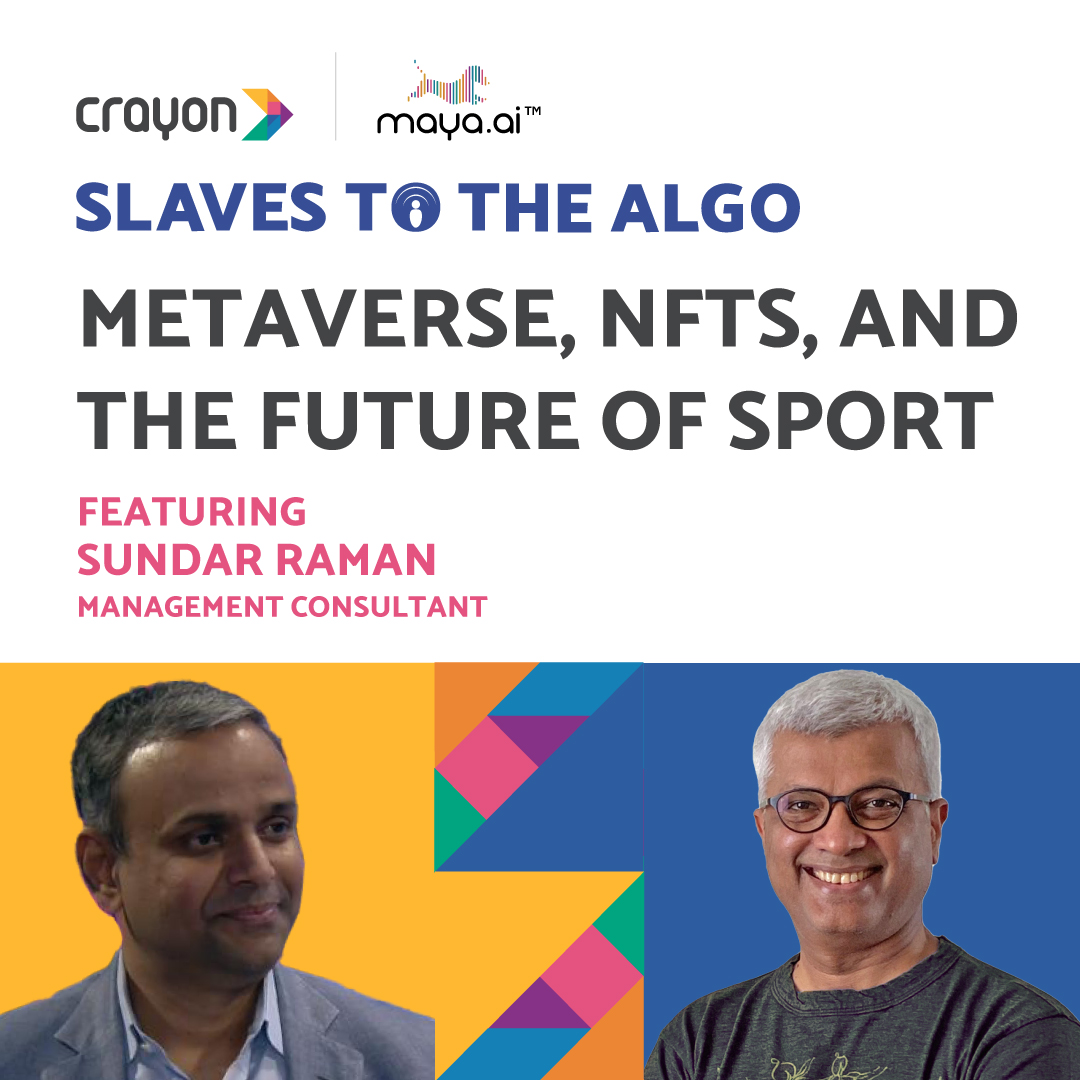Crayon Data’s co-founder and CTO, Vijaya Kumar Ivaturi, gives us a peek into the decade ahead in terms of technology. This article was carried in the first issue of STRIDE, a journal of technology, leadership, and innovation, published by the Confederation of Indian Industries (CII).
The world we live in now has significantly changed in the recent times. The assumptions we have made about the new growth models in business, the lifestyle we want to have and endure, and the planet dynamics have all been disrupted due to the pandemic. Therefore, Technology Renaissance is an unusual title to have for an article about technology in a business journal.
Why should the term often associated with European renaissance make its way into the post pandemic world as a technology renaissance? Well, it is important to pay attention to the underlying conceptual model for the renaissance here. During the renaissance period in Europe, the primary shift in thinking was to take responsibility for one’s own actions in the context of rational behaviour. Self-interest and Self ownership for the successes and failures of one’s actions was the underpinning of this movement.
Global challenges, local solutions
The current pandemic proved and shown that we are still vulnerable as a species and have not yet conquered or can control of some of the nature’s forces. It had also shown to us that we need to make responsible choices for developing and using new technologies both for our benefit and as well for planet’s benefit. While the propensity to use advanced technologies has increased to counter many of the challenges we face today, it is also important to keep the human dimension in context to protect ourselves as well as the planet we inhabit.
The decade ahead will push the limits of the current technologies in addition to incubating new ones which are not thought of or prioritised earlier. The world is now global for challenges but local for solutions. There are many common opportunities and threats we encounter together as one world, but their solutions need to be tuned for each region’s local context of social, political, cultural and geographic factors.
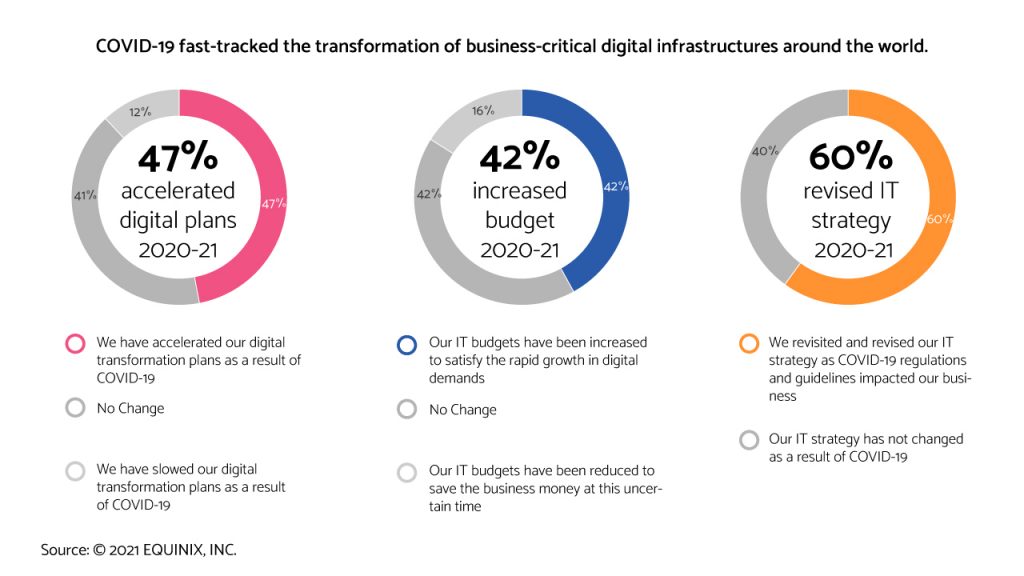
People, Planet, Peace, Profit
A significant shift in recent times is that Cyberspace is the new public space, and the physical space is the new private space. This shift redefined the boundaries of work, life, assets, collaboration and ideological models for everyone. The life in the present times has also forced us to think cohesively in terms of People, Planet, Peace and Profit and mostly in that order. The major technical shift is a Digital First approach to many of the solutions for our challenges in business, people and planet. This has also made the process of developing new technologies to be more humane, relevant and equitable to everyone while pushing us to explore new frontiers in technology which we would not have ventured otherwise.
There are many technologies which are in vogue today and evolving rapidly. It may not be possible to cover all of them here but here is my list of key technology tracks which need a technology renaissance mindset -push the boundaries hard and be responsible.
Medical Devices and Diagnostic solutions
The advances in sensor tech, medical textiles, precision engineering and Wireless networks made many solutions a reality in remote diagnostics. The combination of sensor driven biomarker acquisition coupled with edge or cloud-based analytics delivered diagnostic outcomes in the near clinical grade quality. As the world gets more connected and device driven, the boundaries of hospital-based care will blend with home-based monitoring and cloud based clinical advice. The challenge is to define the point and value of a human touch both in terms of clinical advice and patient empathy in designing these new age solutions.
Autonomous vehicles and intelligent transport systems
The need for mobility for humans and assets is an old one but the solutions for the same evolved over centuries. The climate change is forcing us to abandon fossil fuel-based solutions for transport and replace the classical combustion engine tech with EV tech. While it is a debatable argument whether EV is actually a green tech solution as it uses rare earth elements, it is often argued that EV is a better choice in relative terms of carbon footprint. The combination of Cloud based analytics with charging points solutions is a major shift to a connected vehicle ecosystem. The Grants and incentives from the central and state governments as well as advances in 5G networks make this ecosystem intelligent and semi-autonomous. The trend to make these transport systems less human dependent in passenger mobility and human independent in cargo mobility is the reason for hot debates about human agency and control in transport systems and the legal liabilities involved in case of accidents. The subject of AI explainability, Ethics, Algo Bias and Inclusion principles is mainly driven by the point at which human gets back the control from the Bot and vice-versa. As someone said – You do not need to drive to move but just wish to move!

Synthetic Reality – Digital Collaboration Tools, AR/VR/MR
The emergence of new age collaboration platforms during the lockdowns is an indicator for our need to interact more in cyberspace with the attributes of a physical world interaction such as visual feel in 3D, Aural appeal, Tactile feedback and Background aesthetics. While it is not possible to replicate everything in cyberspace, it can get pretty close to it in terms of new age devices and screens. The near real feel is generated by what is called Synthetic Reality with a complex set of Algorithms and attachments.
While the primary use case for people collaboration is well known in the recent times, there is a stronger use case for industrial or business use cases. It is possible to develop an entire subsystem while the rest is created with Augmented or Mixed Reality in high precision engineering systems like Spacecraft, Defence systems, medical systems and Structural engineering.
The domain of AR/VR is there for many years for gaming industry in an entertainment context but now it is one of the most popular fields for industrial systems where engineering precision is needed. The combination of AR/VR/MR and 3D printing makes this an interesting sector to watch out for as we deal with new age materials for flexible displays, advanced tech textiles and intricate surface geometries.

Clean tech and LMA mining in Deep Space
The rise of digital technology adoption is driving the race to find faster and more efficient semiconductors beyond silicon-based ones that are in use today. The ever-increasing need for more computing speed with lesser power consumption pushes us to explore options beyond the silicon-based transistors and gates. This drives the demand for rare earth elements as well as the exploration for new energy sources.
With the planet sustainability in mind, the search goes beyond our planet, and this is what pushes us to explore deep space horizons. The famous Lunar-Mars-Asteroid arc (LMA) is a case in point. The demand for deep space probes, rovers and industrial grade eco-planet miners is driving the new age space start-ups and challenge-based funding like NASA or Google programmes. A few years ago, nobody would have given thought about deep space mining for helium but now the thrust is to build new space communication systems and industry grade landers and excavators to source energy inputs. The convergence of clean tech, Wireless and Deep Space projects is an interesting one to watch out for.
Digital engagement – Sports, Finance, Education, Entertainment, Government
The ubiquitous argument about user engagement is that a user’s experience is always an analog one while the channel is digitized. The pandemic and remote working pushed the envelope for digital based engagement for most sectors and more so in Finance, Sports, Education, Entertainment and Government sectors. The default onboarding now is digital, and mobile based in specific for many utilities and services in our daily life.
This shift forced us to be more inclusive in nature as the digital engagement moved from a niche offering into a mainstream & default offering for such services. This begets the question of human touch again in the process flow as well as for emotional connect in these systems. It raises pertinent questions about anonymity, privacy, security and agency in digital transaction systems.
The paradox is that the dataset and workflow for a great user experience often comes at the cost of user privacy or anonymity. The popular debates of privacy versus national security and privacy versus personalisation will keep raging as the context differs from user to user while the policies are applicable across the board. The model for levels of consent and digital/rights literacy that is assumed for the same is a case in point. The digital technologies can do wonders for the experience wheel of a user in any of these domains, but it is often a debate on how helpful it is versus how intrusive it is. Digital voyeurism is euphemism for personalisation or intrusion based on what one believes in! As an anthropological enquiry, it is still an open debate whether digital societies or clusters based on transactional relationships exhibit a culture or learn one. In a physical world, there is only ONE person, but one can have many digital personas in the Cyberworld resulting in polymorphism of personality. Digital persona is based on what one wants to be rather that what one is in the real world. This challenge of identity and authenticity in digital engagement is an evolving one in social anthropology of digital world.
To loop back to the topic of this article that is Tech renaissance, the challenges and opportunities of the above technology domains force us to reflect on what enlightenment we want in terms of technology – a peek into self for a better life of peace and Live & Let Live motto?
Source: STRIDE







